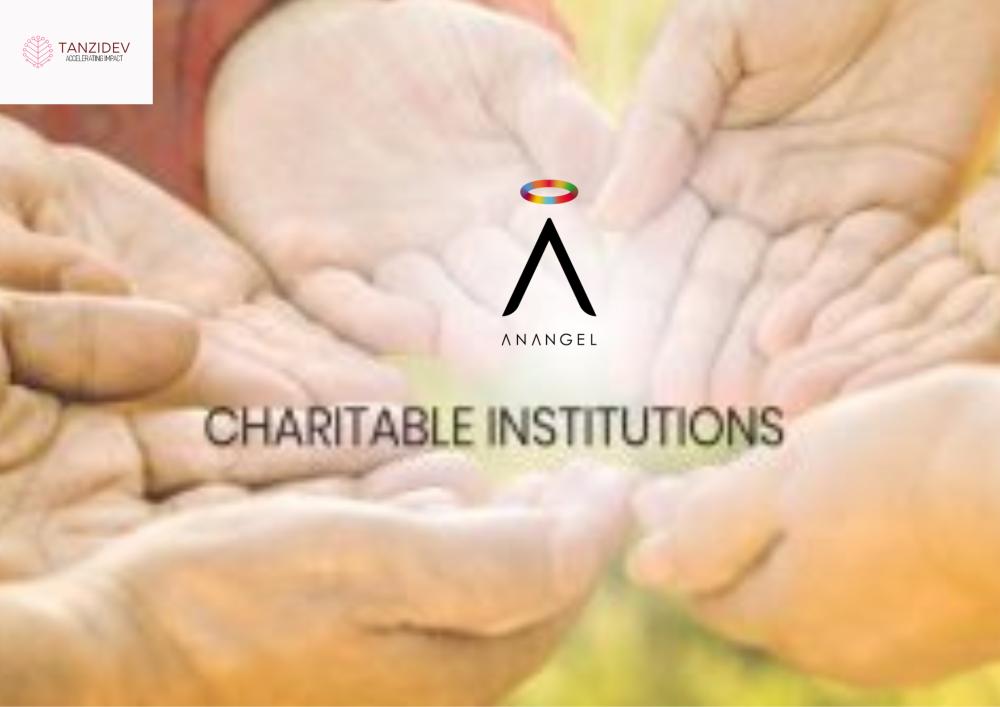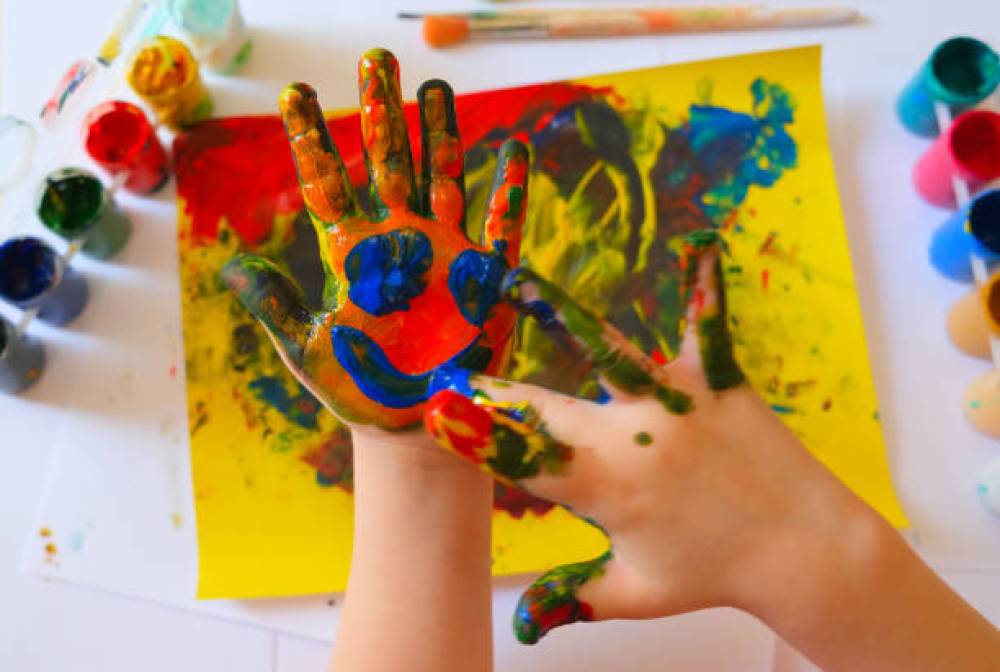

Art therapy for happiness !
Art Therapy: Using Creativity to Promote Healing
Art therapy is a form of therapy that uses creative expression to promote emotional, mental, and physical healing. It involves the use of various art forms such as painting, drawing, sculpture, and collage to help individuals express themselves and work through their emotions in a non-verbal way.
The goal of art therapy is to help individuals access their inner emotions and feelings through the use of creative expression. The creative process involved in making art allows individuals to tap into their subconscious and communicate their thoughts and feelings that may be difficult to articulate verbally.
Art therapy is a powerful tool for people of all ages, from children to the elderly. It can be used to treat a wide range of conditions such as depression, anxiety, PTSD, addiction, and chronic pain. It can also be used to improve communication skills, promote self-awareness and self-esteem, and enhance social skills.
How does art therapy work?
Art therapy works by providing a safe and non-judgmental space for individuals to explore and express their emotions through creative expression. The therapist guides the individual through the creative process and helps them interpret their artwork to gain insights into their emotions and feelings.
The creative process involved in art therapy helps individuals to:
- Reduce stress and anxiety: Creating art can be a relaxing and meditative process that can reduce stress and anxiety.
- Express emotions: Art therapy provides a safe and non-judgmental space for individuals to express their emotions and feelings that may be difficult to articulate verbally.
- Improve self-esteem: Creating art can be a confidence-building process that can help individuals feel more positive about themselves.
- Enhance communication skills: Art therapy can improve communication skills by providing a non-verbal way to express thoughts and feelings.
- Develop problem-solving skills: The creative process involved in art therapy can help individuals develop problem-solving skills by encouraging them to think outside the box and find creative solutions to problems.
Who can benefit from art therapy?
Art therapy can be beneficial for people of all ages and backgrounds. It is particularly effective for individuals who may have difficulty expressing themselves verbally, such as children, individuals with autism or developmental disabilities, and individuals with trauma or PTSD.
Art therapy can also be used to treat a wide range of conditions such as:
- Depression and anxiety: Creating art can be a therapeutic and calming process that can help reduce symptoms of depression and anxiety.
- Addiction: Art therapy can be used as a part of addiction treatment to help individuals express their emotions and feelings and develop coping strategies.
- Chronic pain: Art therapy can be used to help individuals manage chronic pain by reducing stress and promoting relaxation.
- Trauma and PTSD: Art therapy can be used to help individuals process traumatic events and develop coping skills.
- Dementia and Alzheimer’s disease: Art therapy can be used to improve the quality of life for individuals with dementia and Alzheimer’s disease by providing a creative outlet for expression.
In conclusion, art therapy is a powerful tool for promoting healing and improving mental and emotional well-being. It can be used to treat a wide range of conditions and can be beneficial for people of all ages and backgrounds. If you are interested in learning more about art therapy, consider speaking with a licensed art therapist or mental health professional.


